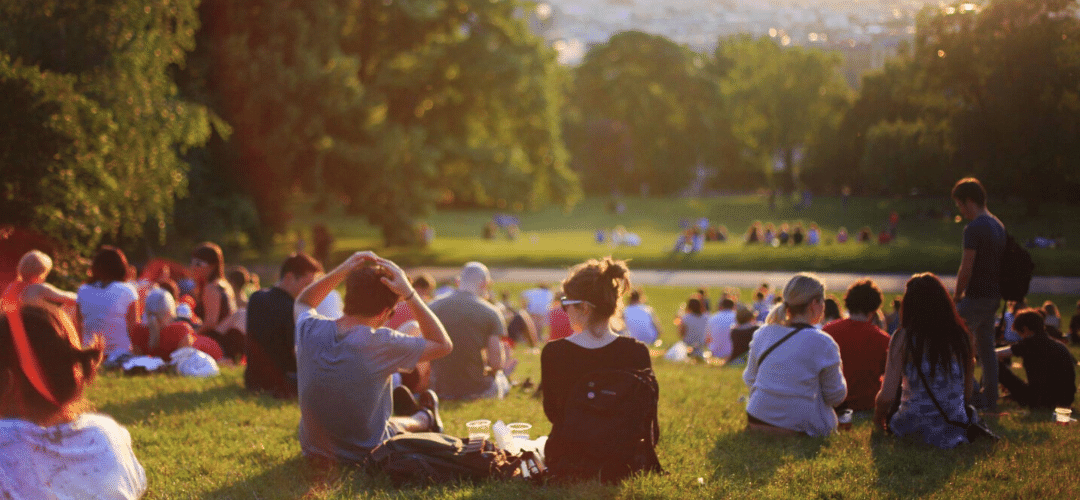Just a few short weeks ago Australia was in the midst of a Federal election campaign and the associated mad “left vs right” clamour for votes. At the time I was interested to analyse the policy responses of both sides to the burgeoning societal issue of mental health “un-wellness”. Significantly, whilst differing in preferred method and monetary pledge, both major parties recognised the need for greater funding and intervention. So it seems that as a caring nation we are nudging towards a better place, born of the gravity of this modern blot on humanity.
Mental health services have traditionally focused on management and support of those who have formally presented as unwell; an understandable response given the stakes involved. However, as government funding commitments are ramped up it is equally important that we address the problem at source with a preventative focus, in order to work towards breaking the cycle.
Loneliness and absence of social connection are often at the core of mental health ailments. Inherently, this overlaps into the nature of places that we live and those that we construct for others to reside. Developers, local government, state-level planners and health practitioners all have a contribution to make in ensuring that new places provide the most positive environment for residents, in both a physical infrastructure and social capital sense.
Sometime ago I wrote this piece that broadly talks to this issue and in particular, our tendency to overlook the simplicity of meaningful human connection in our pursuit of things of physical beauty:
We all need our Castle
“The Castle” sits high on the most memorable movie list of many and has given us such great quotes as “tell ’em they’re dreamin” and “this is going straight to the pool room”.
Family Patriarch Daryl Kerrigan (Australian TV & film legend Michael Caton) heads the fight to save his modest abode from compulsory acquisition for an expansion of the nearby airport. Despite the immediate proximity of the airport, the Kerrigan family’s identity was not defined by the shortcomings of their area but by the brilliant sense of community with a disparate group of neighbours, his capacity to tinker in his backyard and of course…..the chance to negotiate a bargain with a like-minded person, upon the weekly arrival of the “Trading Post”!
Barrister Lawrence Hamill (the great Bud Tingwell) recognised the compelling nature of Daryl’s argument and understood that whatever side of town one is from, community interaction and functional loving families are outcomes that a “just and fair” society should aspire to. The full bench of the High Court could not help but be swayed by Lawrence’s articulation of the difference between a bricks and mortar asset and a family home: ”it’s more than that, it’s built with memories and love”.
Governments and land developers are important players in the creation of family and community memories and the development of a “just and fair” society. Over the years our industry has rightfully prided itself upon the construction of some outstanding physical places. Increasingly though, we have come to develop a more sophisticated sense of the human cost of missing the mark in terms of social investment. High family violence rates, obesity, anxiety/depression and associated dysfunction have opened our eyes to the wellness responsibilities that all players in the residential development mix undertake. Our collective challenge is to do our very best to continually review our planning, building and community development response to guarantee that we are all being as “just and fair” as possible. The great Aussie dream of home ownership is firmly constructed on this foundation.
That’s it for now…”I’m goin’ to Bonnie Doon”
